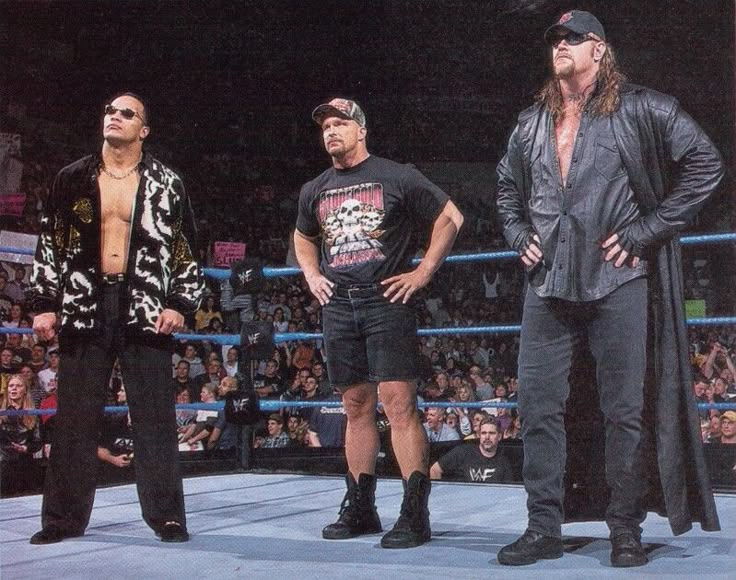I’ve been a pro wrestling fan for years, but my love for it has less to do with the scripted fights and more to do with the characters, the stories, and the marketing genius behind it all. Because at its core, wrestling is a masterclass in branding and marketing.
Pro wrestlers aren’t just athletes—they’re creatives. They build personas, craft narratives, and market themselves in a crowded, competitive space, all while trying to capture the attention (and dollars) of an audience. Sound familiar? If you’re a creative entrepreneur, you face the same challenge: standing out, building a brand people care about, and sustaining your business over the long haul.
The Gimmick is the Brand
In wrestling, a character’s persona is called a gimmick—a clear, consistent identity that tells the audience exactly who they are and what they stand for. Every great wrestler leans into their gimmick fully. The Undertaker, a towering figure dressed like a 1960’s mortician, moves like a reanimated corpse, speaks in slow, ominous tones (”Resssst Innnnnn Peeeeace”), and finishes his matches with a move called “The Tombstone Piledriver.” His entire presentation reinforces his brand.
The same goes for you. Your brand is your persona—the sum of your mission, vision, values, and the way you communicate your work. If you’re unclear on your brand, people won’t know what to make of you. And in a world where attention is the most valuable currency, being forgettable is the worst thing that can happen.
Heroes, Villains & The Power of Storytelling
Wrestling works because it taps into a fundamental human need: storytelling. Every great match follows a simple but powerful narrative structure: the hero (babyface) vs. the villain (heel). The babyface fights fair, represents values the audience admires, and overcomes challenges. The heel, on the other hand, cheats, mocks the fans, and does everything in their power to win by any means necessary. The contrast between them creates emotional investment—the audience cares about what happens next.
Your brand needs that same emotional connection. If people don’t feel something when they encounter your work, they won’t remember it. Your business doesn’t need to have a literal hero or villain, but it should have a clear mission and point of view. What do you stand for and against? What greater value do you provide?
Marketing Like a Wrestler
A wrestler’s marketing doesn’t stop when they step out of the ring—it extends to their promos (interviews), entrance music, outfit, facial reactions, and even how they interact with fans. Everything they do feeds into their larger story.
This is where most creatives drop the ball. You might make great work, but if the way you talk about it, share it, and present it doesn’t reinforce your brand, you’re missing opportunities. Your marketing—whether it’s social media, newsletters, events, or collaborations—should be a natural extension of your identity. When it’s natural it’s authentic. And authenticity is what wins.
Dwayne “The Rock” Johnson didn’t become a movie star because he was the best wrestler. He became a superstar because he knew how to craft a compelling character, market himself relentlessly, and build deep connections with audiences.
Find Your Gimmick, Tell Your Story
Branding isn’t about inventing something out of thin air—it’s about amplifying what’s already there. Wrestlers take something true about themselves and turn it up to 100. Your job is the same.
What do you want people to remember about you? What’s the story you’re telling? What are the stakes and how can people participate? And how can every part of your creative business reinforce your brand?
Because whether you’re in the ring, studio or in business, success isn’t just about talent—it’s about making people care.
